Tjatoer!
I’m just going to flat-out say that I am in no way good at coding, I am even confident in saying I’m very bad at it! Still, I’ve found this video series tutorial on youtube by Eddie Sharick on how to make a chess game and chess engine in python, And I followed it through. Now that we’ve got that out of the way, let us talk about Tjatoer! It is pronounced tʃɑtur (Chatoor) which means chess in Indonesian, though it is spelled in archaic forms of spelling for novelty’s sake, I guess. I scaled up the board up from 8x8 to a whopping 16x16, enabling both players to have more space, and of course allowing the way for more powerful pieces. You can have all the necessary files of this project on my GitHub repository that I will link on the end of this page.
Setup
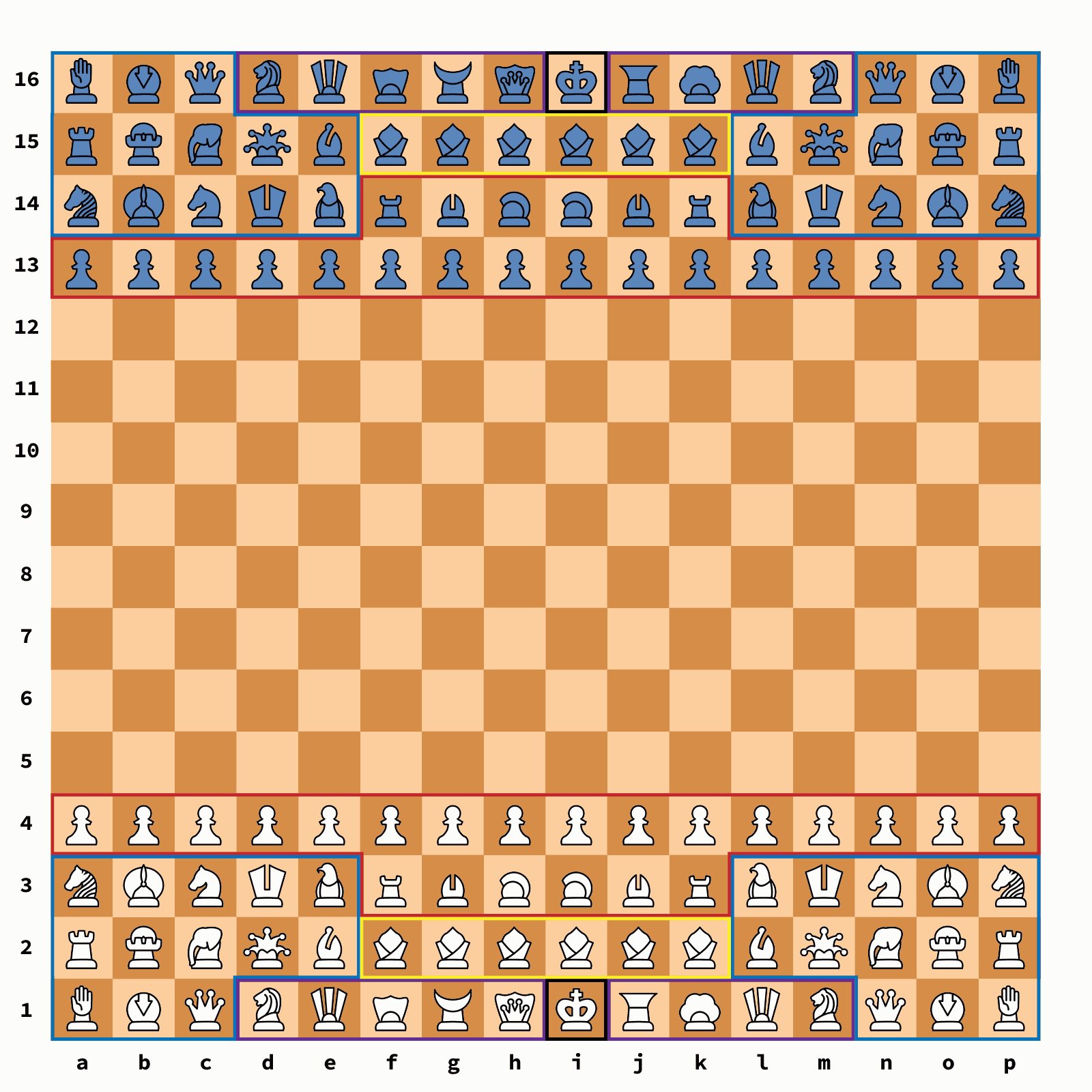
This is the Initial piece setup in Tjatoer! You may notice that I put colored outline boxes on the board, this won't show in the actual program but I wanted to categorize the pieces in the game since there is so many, from white's perspective, namely:
- Purple outline box (the King’s Court). This is the king’s court, it is where the most powerful pieces sit, they are, the xiphodon (d1 and m1), viscount (e1 and l1), oknha (f1), fürst (g1), lugal (h1), esquire (j1), and duchess (k1);
- Yellow outline box (the King’s Guards). The piece in the king's guard can promote to one of the pieces in the king's court once they reached the last rank, they only have one type, the mullah (f2-k2);
- Blue outline box (the Queen's Court). These are the normal pieces, not as powerful as the king’s court but more powerful than the king’s guards and infantry, they are the zorro (a3 and p3), imam (b3 and o3), knight (c3 and n3), archbishop (d3 and m3), hawk (e3 and l3), rook (a2 and p2), chariot (b2 and o2), gajah (c2 and n2), jester (d2 and m2), bishop (e2 and l2), yishi (a1 and p1), upasaka (b1 and o1) and queen (c1 and n1);
- Red outline box (the Infantry). The pieces in the infantry are weak, but they can promote to a specific piece, or in the case of the pawn, can promote to any piece from the queen's court, their first row consist of pawns (a4-p4), as for the second row from left to right there are the shrook (f3 and k3), thalia (g3 and j3), and warrior (h3 and i3);
- Black outline box (i1, the king, no explanation needed).
Pieces
If you're wondering, yes! I designed all the pieces myself, here they are with their names:

From left to right, downwards, the Archbishop, Chariot, Duchess, Esquire, Fürst, Gajah, Hawk, Imam, Jester, Lugal, Mullah, Oknha, Shrook, Thalia, Upasaka, Viscount, Warrior, Xiphodon, Yishi, Zorro

Not to forget the regular chess pieces, (again, you can have these designs on the GitHub repo that I will state below). Regarding the pieces, below are their descriptions and move diagrams, I will reference the Piececlopedia as best as I can, though some the pieces' names are all jumbled from the ones there:
Xiphodon (Moves and captures one square orthogonally then moves and captures any distance diagonally, notated by the letter X, is on the Piececlopedia here)

Viscount (Moves and captures one square diagonally then moves and captures any distance orthogonally, notated by the letter V, is on the Piececlopedia here)

Oknha (Moves and captures like a gajah and queen, notated by the letter O, is not on the Piececlopedia)

Fürst (Moves and captures like a knight and queen, notated by the letter F, is on the Piececlopedia here)

Lugal (Moves and captures like a gajah, knight, and queen, notated by the letter L, is not on the Piececlopedia)
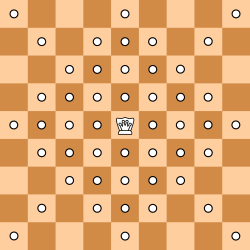
Esquire (Moves and captures like a hawk and rook, notated by the letter E, is not on the Piececlopedia)

Duchess (Moves and captures like a hawk and bishop, notated by the letter D, is not on the Piececlopedia)
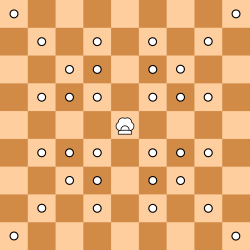
Mullah (Moves and captures like a king and knight, notated by the letter M, is on the Piececlopedia here)
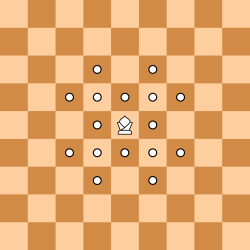
Zorro (Moves and captures like a knight but can do it continuously, notated by the letter Z, is on the Piececlopedia here)

Imam (Moves and captures like a rook and knight, notated by the letter I, is on the Piececlopedia here)
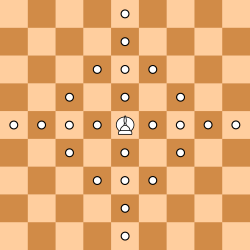
Archbishop (Moves and captures like a bishop and knight, notated by the letter A, is on the Piececlopedia here)
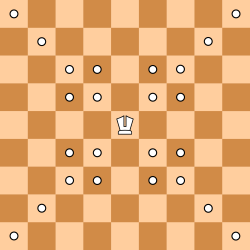
Hawk (Moves and captures like a gajah and a knight, notated by the letter H, is on the Piececlopedia here)
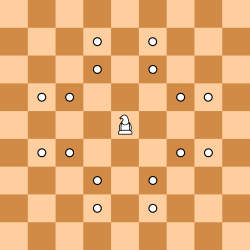
Chariot (Moves and captures like a gajah and rook, notated by the letter C, is on the Piececlopedia here)

Gajah (Moves and captures like a knight but longer, won’t be obstructed by enemy or ally piece, notated by the letter G, is on the Piececlopedia here)
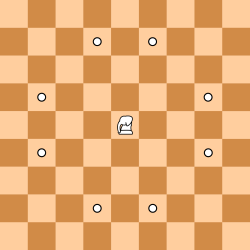
Jester (Moves and captures like a gajah and bishop, notated by the letter J, is on the Piececlopedia here)

Yishi (Moves and captures like a knight and thalia, but only one square diagonally backward, notated by the letter Y, is not on the Piececlopedia)
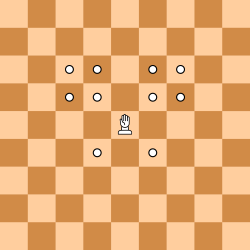
Upasaka (Moves and captures like a knight and shrook, but only one square backward, notated by the letter U, is not on the Piececlopedia)

Pawn (Moves slightly different from regular chess, still notated by the letter P)

Shrook (Moves and captures a maximum of two squares orthogonally, notated by the letter S, is not on the Piececlopedia)
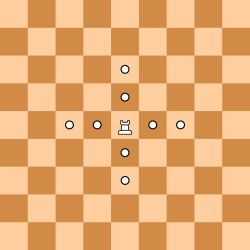
Thalia (Moves and captures a maximum of two squares diagonally, notated by the letter T, is not on the Piececlopedia)

Warrior (Moves like a king but can only capture 2 squares forward, Notated by the letter W, is not on the Piececlopedia)

And that's it for the pieces.
Rules
Neatly, the total types of pieces in this game is 26, one for each letter of the alphabet, In addition to those new pieces, I also tweaked some rules to befit the game, such as:
- All the pieces of regular chess move the same way except for the Pawn;
- Baring the enemy king (capturing all other pieces and leave a sole king) will be considered a win;
- The 50-move rule is now the 100-move rule, the counter starts from the last pawn move and/or piece promotion;
- The man promotes on the last rank to the pieces in the king’s court;
- The pawn promotes on the last rank to the pieces in the queen's court;
- The shrook promotes to a rook on the last rank;
- The thalia promotes to a bishop on the last rank;
- The warrior promotes to a knight on the last rank;
- The pawn would also be able to move up to 4 squares on their initial move as opposed to the 2 squares in regular chess;
- There is no castling, nor en passant.
And that's all the new rules! pretty simple considering other variants here.
Notes
I am well aware that this game is horribly imbalanced and lacking in playtesting, to add that, this game is obviously impractical for human vs human play, but I designed it as a stress test for fairy chess engines, and it seems to be working, the engine that I wrote struggles to go even on depth 2! I haven't figured out how to hook it up to other fairy chess engines though, so if anyone is up for that challenge, be my guest. You can follow the development of this project on my GitHub repository here.
 This 'user submitted' page is a collaboration between the posting user and the Chess Variant Pages. Registered contributors to the Chess Variant Pages have the ability to post their own works, subject to review and editing by the Chess Variant Pages Editorial Staff.
This 'user submitted' page is a collaboration between the posting user and the Chess Variant Pages. Registered contributors to the Chess Variant Pages have the ability to post their own works, subject to review and editing by the Chess Variant Pages Editorial Staff.
By Halfen Ludith.
Last revised by Halfen Ludith.
Web page created: 2021-06-02. Web page last updated: 2021-06-02
Revisions of MStjatoer
